In the fields of electronic repair, DIY production, or industrial processing, hot air guns have become an indispensable tool. Faced with the dazzling array of hot air gun products on the market, novice users often feel at a loss. This article will provide a detailed introduction to the 7 key parameters to consider when choosing a hot air gun, helping you make informed purchasing decisions。
Temperature range and adjustment accuracy: the primary consideration factor for selecting a hot air gun
The temperature control capability is the core indicator for measuring the performance of a hot air gun, which directly affects its effectiveness, operational accuracy, and safety. A suitable temperature range and precise temperature control system can significantly improve work efficiency and avoid material damage or welding failure caused by improper temperature.
The temperature range determines the applicable scenario
The temperature requirements vary greatly in different application scenarios. Generally speaking, the temperature range of hot air guns used for household or electronic maintenance is between * * 50-550 ℃ * *, which can meet common needs such as heat shrink tubing shrinkage, plastic welding, and circuit board maintenance. For example, heat shrink tubing typically requires * * 200-350 ℃ * *, while SMD component desoldering requires * * 300-400 ℃ * *. If it involves industrial applications such as metal annealing, high-strength bonding, or special material processing, a high-temperature model of * * 700 ℃ or above * * is required. Therefore, before making a purchase, the main purpose should be clearly defined to avoid insufficient or excessive temperature affecting the user experience.
Adjustment accuracy affects job stability
Accurate temperature control is particularly important for sensitive operations. The temperature fluctuation of high-quality hot air guns should be controlled within ± 5 ℃ to ensure uniform heating. Compared to traditional knob adjustment, * * digital temperature control * * is more precise, and some high-end models also have * * temperature memory function * *, which can store commonly used settings and improve operational efficiency. In addition, the application of PID (Proportional Integral Derivative) temperature control technology can further optimize temperature stability, reduce fluctuations, and is suitable for precision electronic maintenance or high demand industrial processing.
In summary, when making a purchase, priority should be given to whether the temperature range matches the requirements, and attention should be paid to the temperature control accuracy and adjustment method to ensure the efficiency and reliability of the tool.
Airflow control and airflow stability: key guarantee for precise operation
The air flow control capability of a hot air gun directly affects the heating effect and operational accuracy, and is an important purchasing indicator second only to temperature control. A reasonable range of air volume adjustment can enable tools to adapt to different job requirements, while stable airflow output can ensure consistency in work quality.
Air volume regulation determines job adaptability
The air volume adjustment range of modern hot air guns is usually between 5-50L/min. For precision electronic maintenance (such as soldering small-sized SMD components like 0402), it is recommended to choose a low air volume mode of 5-15L/min to avoid blowing away small components; When carrying out large-scale operations such as paint removal or heat shrink tubing construction, a large air flow of at least 20L/min is required for support. Professional grade models often provide a wider air volume of over 50L/min to meet the needs of industrial grade applications.
The stability of airflow affects the quality of work
High quality hot air guns should use brushless motors combined with precision air duct design to ensure smooth and uniform airflow output. Ordinary brushed motors are prone to airflow pulsation, leading to uneven heating or component displacement. It is recommended to choose high-end models equipped with digital air volume display and PID control, whose airflow fluctuation can be controlled within ± 3%, especially suitable for precision operations such as BGA repair. In addition, brushless motors have the advantages of long lifespan and low noise, making them suitable for long-term continuous operation.
Power selection and thermal efficiency balance: key considerations for matching requirements
The power parameters of the hot air gun directly determine the heating performance and continuous working ability of the equipment, and need to be selected reasonably according to specific application scenarios. The balance between power output and thermal efficiency is an important factor in ensuring the economy and practicality of equipment.
Matching power level with application scenarios
The power range of mainstream hot air guns can be roughly divided into three levels:
1. Light equipment (500-800W): suitable for intermittent work such as electronic maintenance and manual DIY, and can meet the needs of conventional welding and heat shrink operations
2. Mid end equipment (800-1200W): suitable for frequent maintenance work and small and medium-sized production, providing faster heating speed
3. Professional equipment (over 1500W): specially designed for industrial continuous operation, can maintain stable output for a long time
Suggestions for purchasing energy efficiency balance
Excessive power not only increases energy consumption, but may also cause equipment overheating and shorten its service life. It is recommended that electronic enthusiasts choose models with a power of around 600W, repair workshops choose products with a power of 800-1000W, and production lines should consider industrial grade equipment with a power of over 1200W. At the same time, it should be noted that high-quality hot air guns can improve thermal efficiency by optimizing the structure of the heating element and airflow design, resulting in better heating effects at the same power.
Heating element: the core component that determines the performance and lifespan of the hot air gun
As the "heart" of the hot air gun, the quality of the heating element directly affects the overall performance and service life of the equipment. The mainstream hot air guns in the market mainly use two types of heating elements, each with its own characteristics and applicable scenarios.
Ceramic heating element: a high-performance choice
Modern mid to high end hot air guns commonly use ceramic heating elements, which have significant advantages:
-Fast heating speed, can reach the set temperature in a short time
-Excellent high temperature resistance, able to withstand long-term high-temperature work
-The service life is up to 2000-5000 hours, which is 3-5 times that of metal components
-High thermal efficiency and more complete energy conversion
Metal heating elements: economical choice
Entry level products often use metal heating elements:
-Lower manufacturing costs and more affordable equipment prices
-But the service life is usually around 500-1000 hours
-Long term high-temperature work is prone to oxidation and performance degradation is rapid
Purchase suggestions
In addition to component materials, attention should also be paid to:
1. Overheating protection function: The automatic power-off mechanism can effectively extend the lifespan of components
2. Temperature uniformity: High quality components can ensure stable air outlet temperature
3. Warranty Policy: Renowned brands typically offer longer component warranty periods
It is recommended that professional users prioritize ceramic heating element models. Although the initial investment is relatively high, the long-term cost of use is lower.
Body Design and Ergonomics: Comfortable Guarantee for Long term Operations
The physical design of the hot air gun directly affects the comfort and efficiency of use, and excellent ergonomic design can make hours of continuous work easy and effortless. The following are the key design elements to pay attention to when making a purchase:
Weight and Balance Design
The ideal weight of a professional level hot air gun is controlled within the range of 0.9-1.3kg, with a front to rear weight balance design:
Motor rear mounted structure improves center of gravity distribution
Lightweight materials (such as aviation aluminum) reduce overall weight
• Tilt design that conforms to the natural grip angle of the wrist
Professional grade grip characteristics
The high-end model's grip features multiple user-friendly designs:
√ Dual material wrapping: high temperature resistant plastic for the front half and anti slip rubber for the back half
√ 3D modeling that conforms to the curve of the palm
Optimized layout of thumb rest area and index finger operation keys
√ Design of power cord interface that can rotate 270 °
Practical bracket system
High quality brackets must meet the following requirements:
-High temperature resistant engineering plastics or metal materials (capable of withstanding temperatures above 200 ℃)
-Anti tipping design for wide base
-Adjustable angle placement position
-One click structure for quick closure
It is recommended to conduct an actual grip test when making a purchase to ensure that the handle thickness is appropriate (about 35-45mm in diameter), the switch position is within the natural range of finger extension, and the overall weight distribution will not cause premature fatigue of the forearm. Professional maintenance personnel should prioritize models with suspension ring designs for easy access at any time.
Attachment system: Key elements for expanding the multifunctionality of hot air guns
A comprehensive accessory system can transform ordinary hot air guns into multifunctional workstations, significantly improving the application range and operational accuracy of the equipment. Professional accessory configuration should balance practicality and scalability.
Core nozzle types and professional applications
1. Precision circular nozzle series:
-3-5mm diameter micro nozzle: suitable for welding 0402/0603 surface mount components
-Adjustable focal length nozzle: adjust the air outlet diameter by rotating (5-15mm adjustable)
-Anti static nozzle: Built in grounding design, used for handling sensitive electronic components
2. Professional flat nozzle system:
-15-25mm standard flat mouth: suitable for uniform heating of large areas
-45 ° angled flat mouth: convenient for construction at special angles
-Flat nozzle with temperature sensing: built-in thermocouple for real-time monitoring of surface temperature
3. Special Operations Attachment Group:
-Circular reflector nozzle group (including different diameter specifications)
-360 ° surround heater for heat shrink tubing
-PCB specific local shielding cover (to prevent surrounding components from being heated)
Purchase suggestions
Prioritize selecting models that use ISO standard interfaces to ensure accessory compatibility
Check if the brand provides a complete ecosystem of accessories
• Consider third-party certification attachments (such as JBC compatible systems)
Professional users can choose modular quick release design to achieve instant replacement
It is recommended to configure at least 3 types of basic nozzles (fine round nozzle, standard flat nozzle, reflector), and reserve budget for purchasing specialized accessories according to actual needs in the future. High quality accessories often adopt a copper core aluminum shell structure, which ensures thermal conductivity and controls weight.
Safety protection: a core element that cannot be ignored when choosing a hot air gun
As a tool for high-temperature operations, the safety performance of a hot air gun is directly related to the user's personal safety and equipment reliability. Modern high-quality hot air guns should have a multi-level safety protection system:
Key security protection technologies
1. Intelligent temperature protection system:
-Double overheat protection (temperature sensor+fuse)
-Real time monitoring of core component temperature
-Abnormal temperature rise automatically cuts off power supply (response time<0.5 seconds)
2. Ergonomic safety design:
-Triple insulation structure (inner layer ceramic fiber+middle layer air insulation+outer layer heat-resistant material)
-Anti slip grip in accordance with IEC60900 standard
-Prominent warning signs in high-temperature areas
3. Electrical safety certification:
-International certification: CE/UL/GS/RoHS full certification
-Double insulated structure (Class II protection level)
-Electromagnetic compatibility (EMC) meets the standard
Advanced security features
Intelligent sleep mode (automatically shuts down after 30 minutes of inactivity)
Ground fault circuit breaker (GFCI) protection
• Child safety lock function
• Fault self diagnosis LED prompt system
It is recommended to prioritize products that have passed the full set of safety certification and regularly check the insulation condition of the power cord. Professional users should choose models with real-time temperature monitoring display screens, which will trigger sound and light alarms when the working temperature exceeds the safety threshold. High power models (≥ 1500W) must be confirmed to be equipped with 16A plugs and overload protection devices.
My Experience in Choosing a Hot Air Gun
Taking into account the above 7 key parameters, beginners can follow the following steps when choosing a hot air gun:
Clarify the main purpose: electronic repair, home DIY, or industrial application?
Determine budget range: entry-level (200-500 yuan), mid-range (500-1000 yuan), or professional level (over 1000 yuan)
Choose durability based on frequency of use: occasionally use optional base models; Frequent use should be invested in more durable products
Considering future needs: If possible, expand the application scope and choose models with rich attachments
Brand and after-sales service: Well known brands usually have more reliable quality and guaranteed after-sales service
Based on these considerations, I have summarized the key points when making a purchase:
-Temperature control needs to be precise: I have chosen a model with a digital display in the range of 50-550 ℃, and the accuracy of ± 3 ℃ fully meets my needs
-Moderate power: 600W power is just right for me, it heats up quickly without consuming too much electricity
-Emphasize safety: CE certification and overheating protection are essential, and this cannot be compromised
-Accessories need to be practical: I have purchased additional accessories for fine nozzles and heat shrink tubing
Several purchasing tips that have benefited me:
✓ Comfort is important for actual grip testing
✓ Prioritize models with replaceable heating elements
✓ Reserve some budget for necessary accessories
✓ Check the warranty policy (I chose a 2-year warranty)
Remember, what suits you is the best. My suggestion is to compare several products and prioritize your needs, so that you can definitely find the most suitable hot air gun partner. Now this one has accompanied me to complete more than ten projects, and I am very satisfied with the user experience!

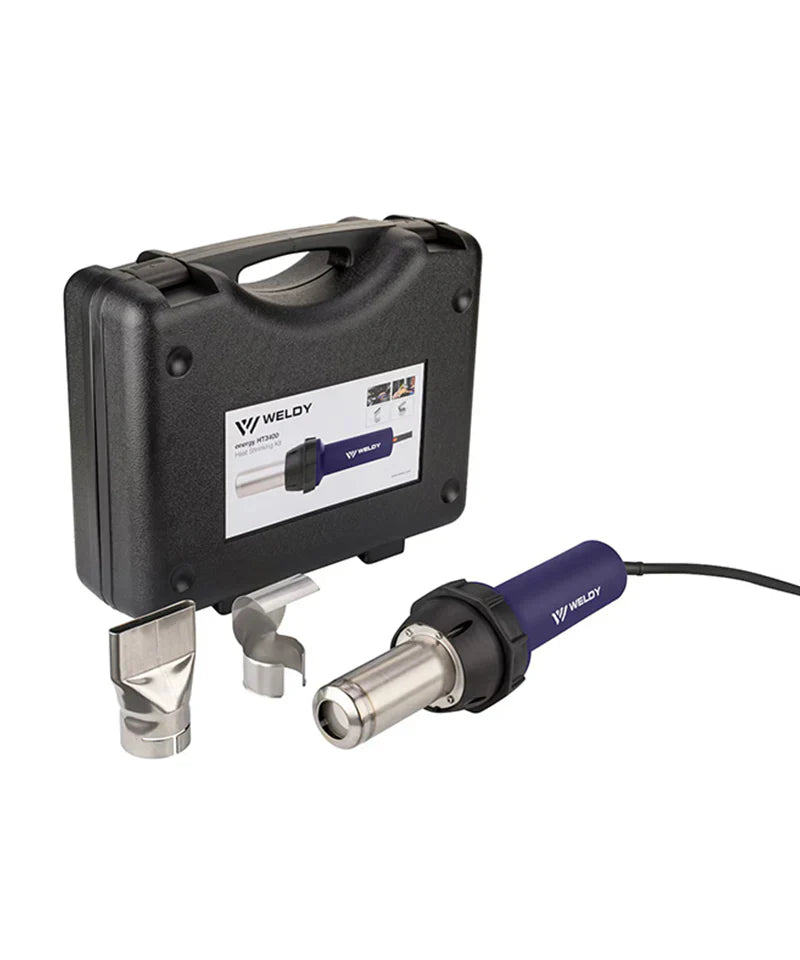
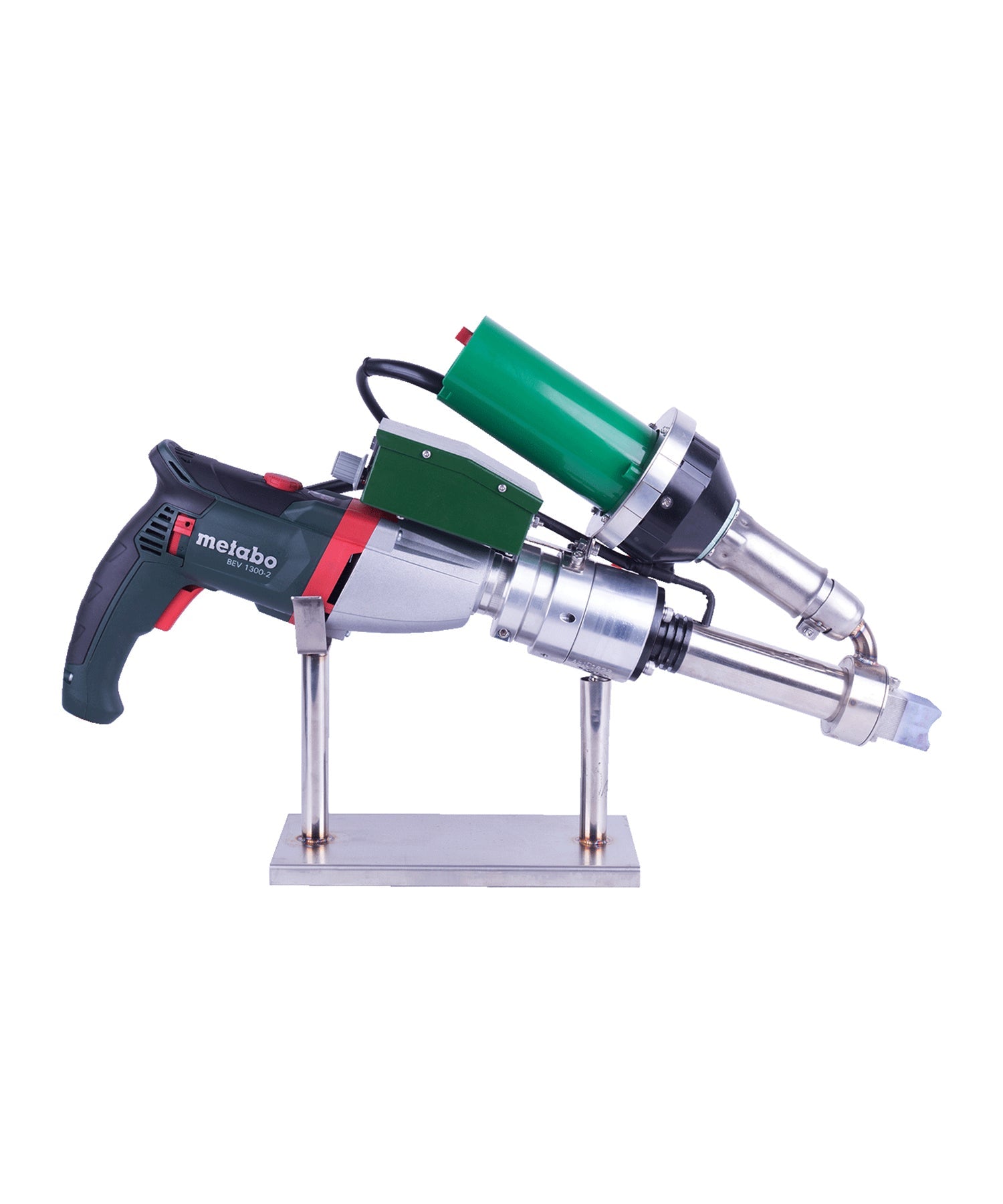
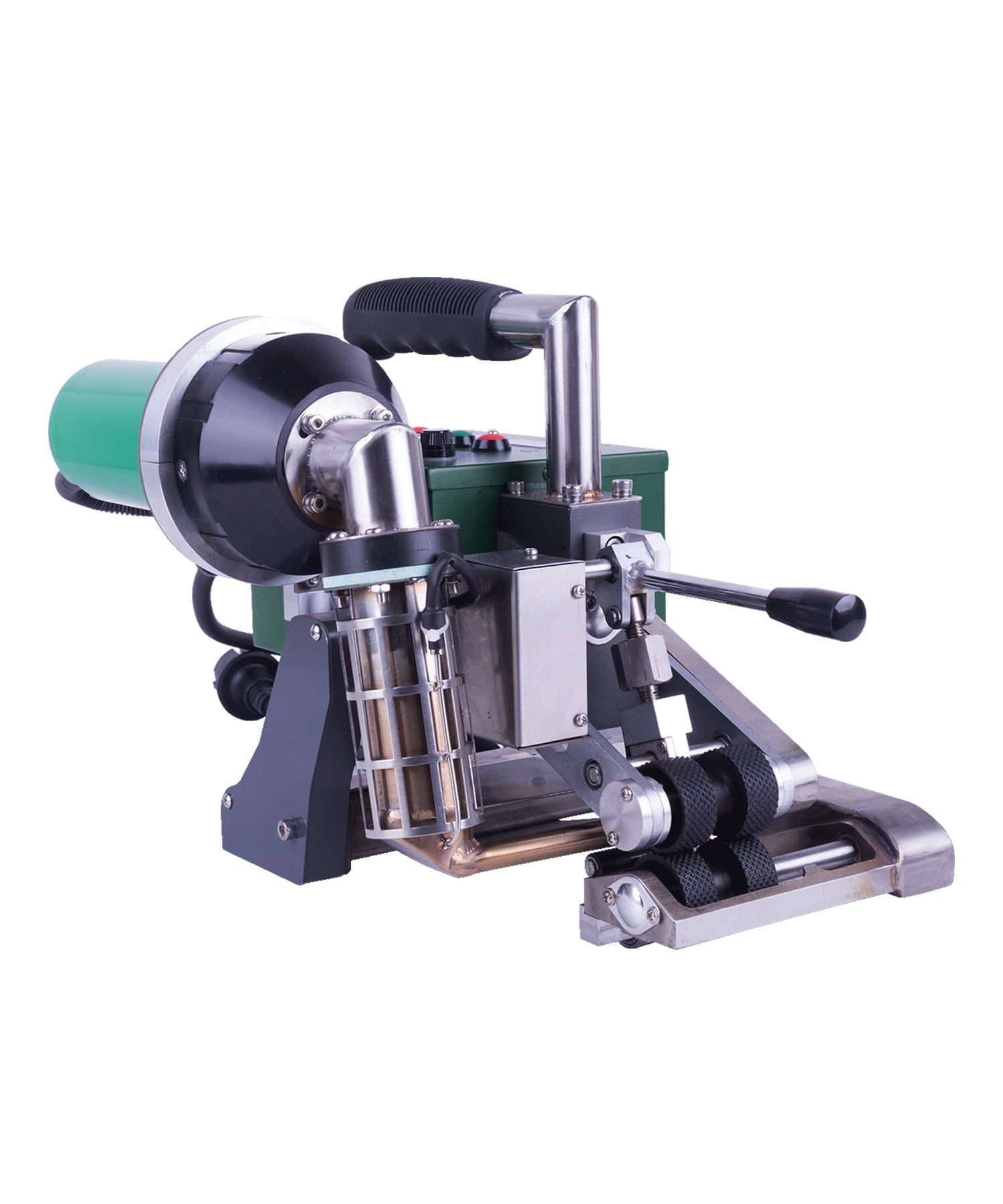
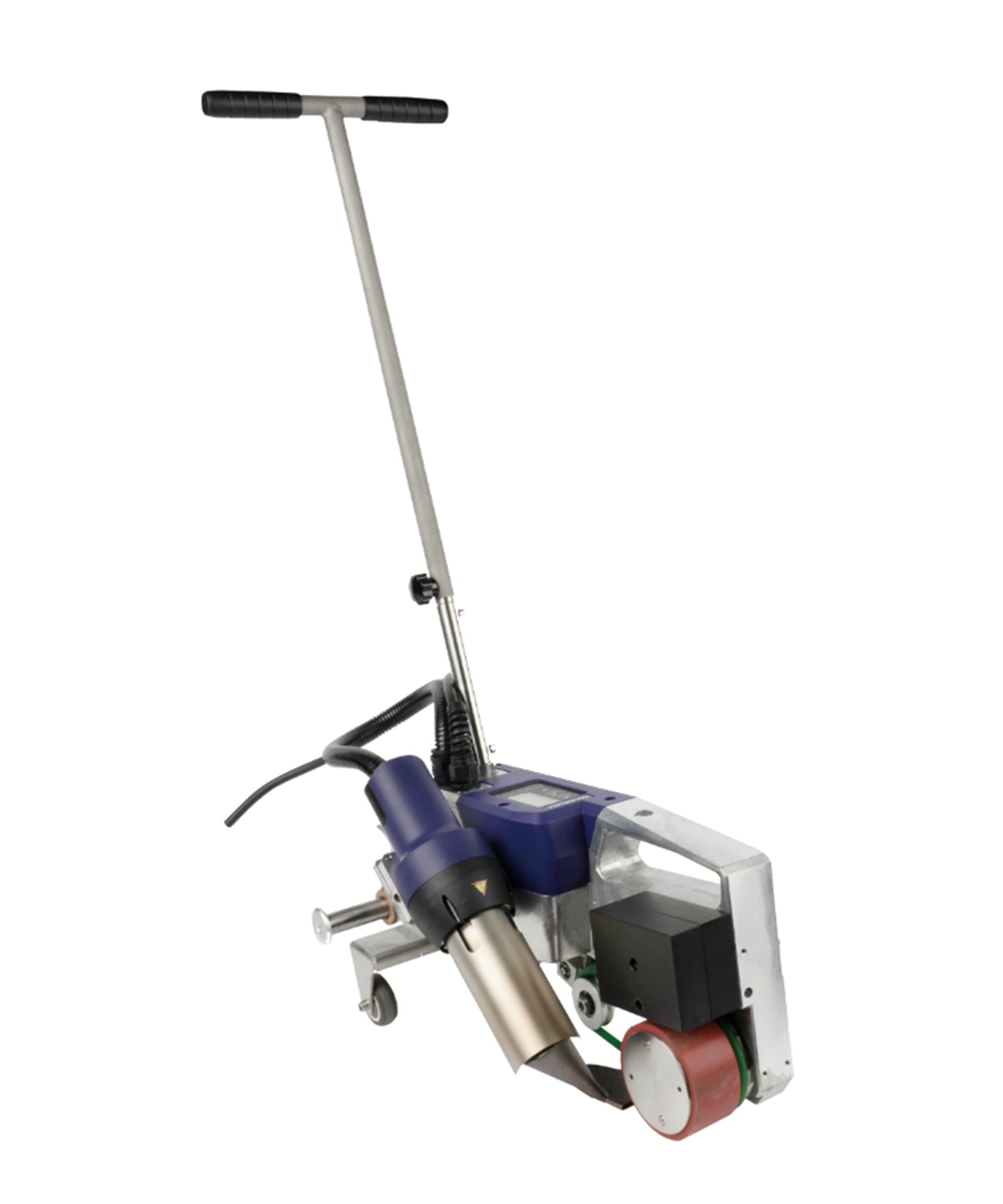
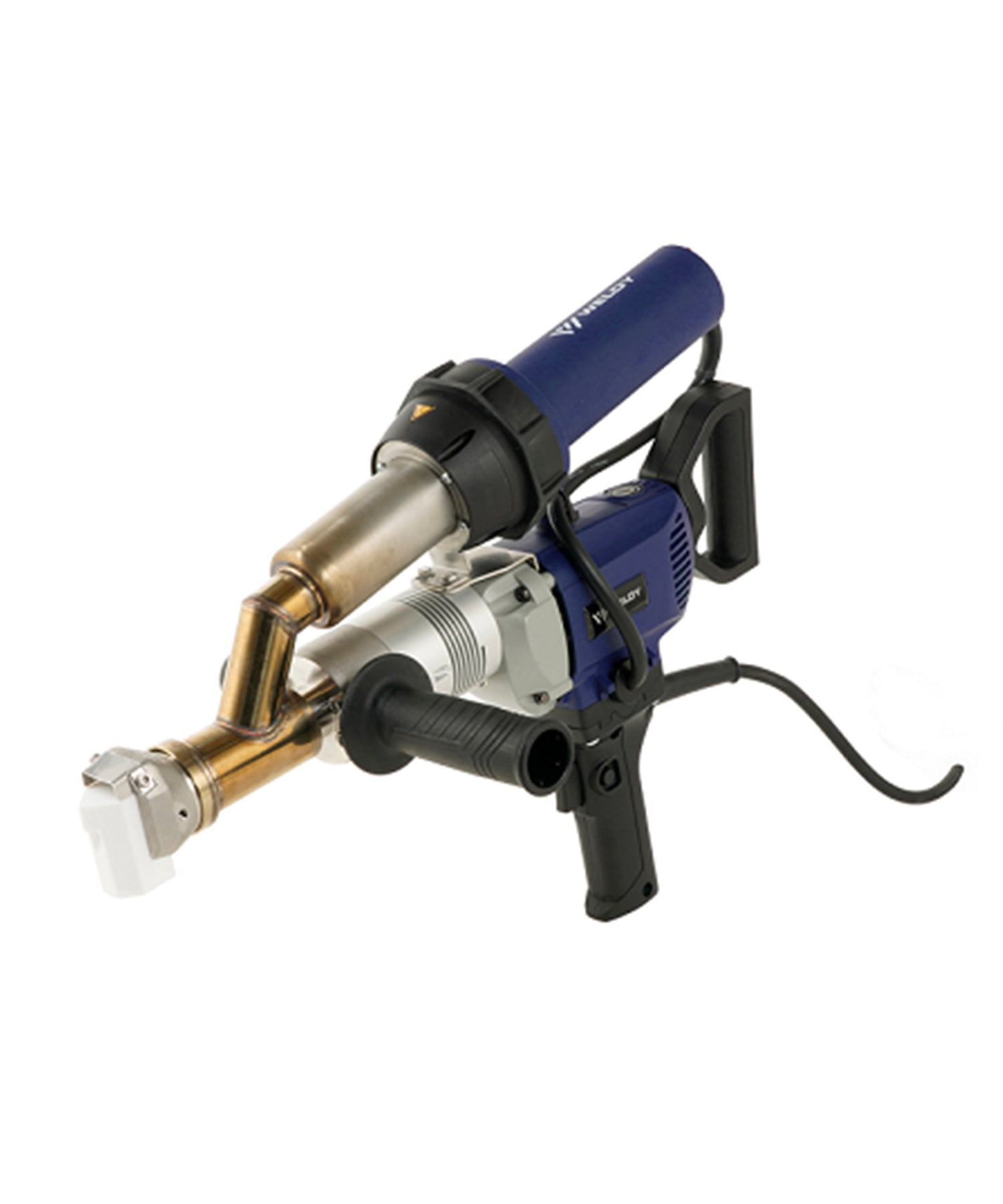
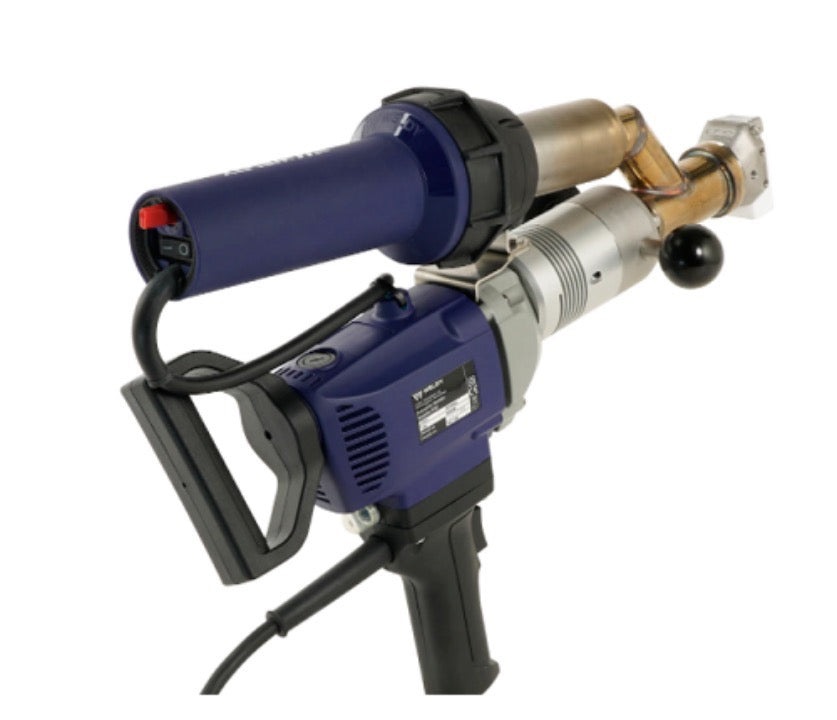
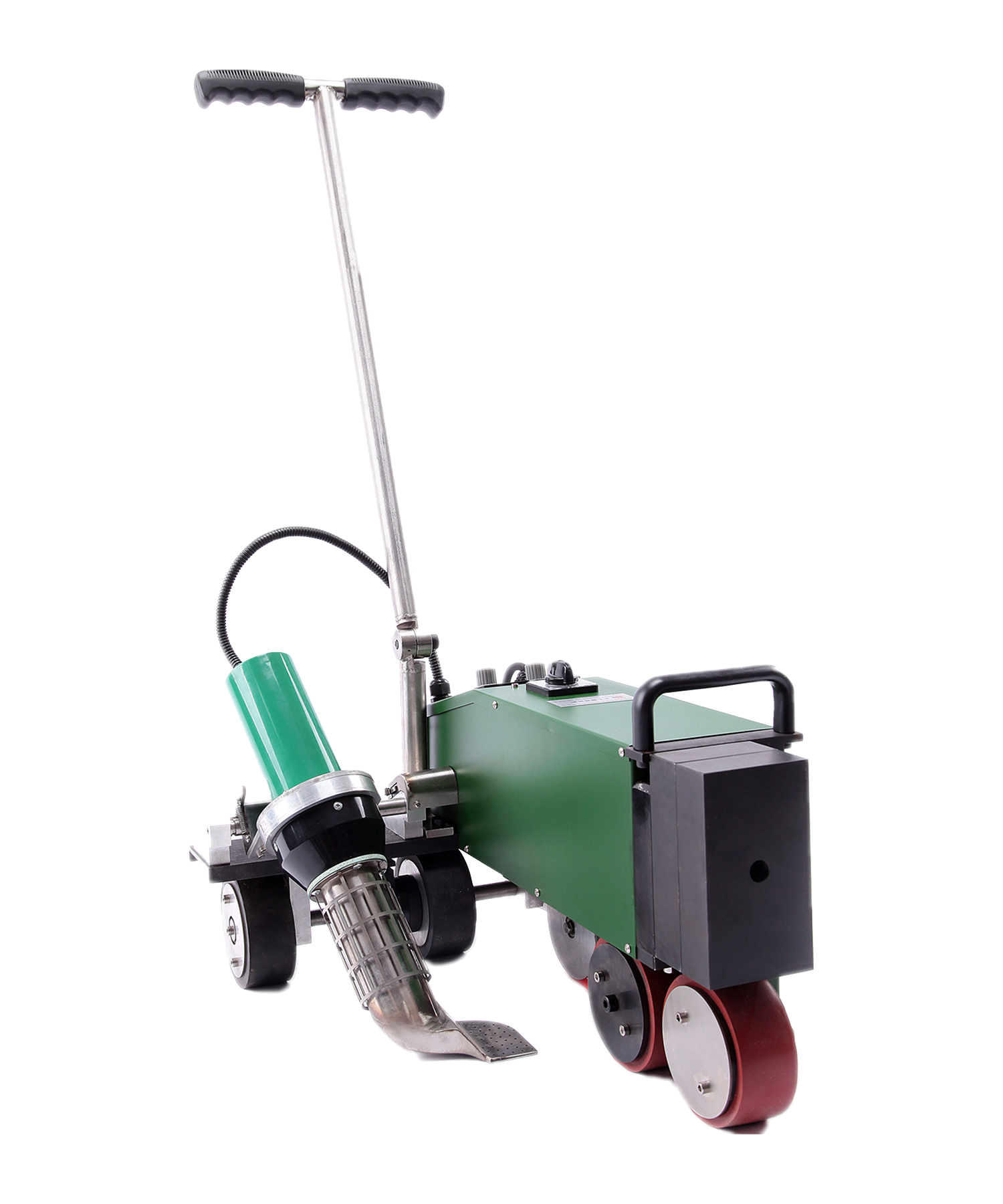
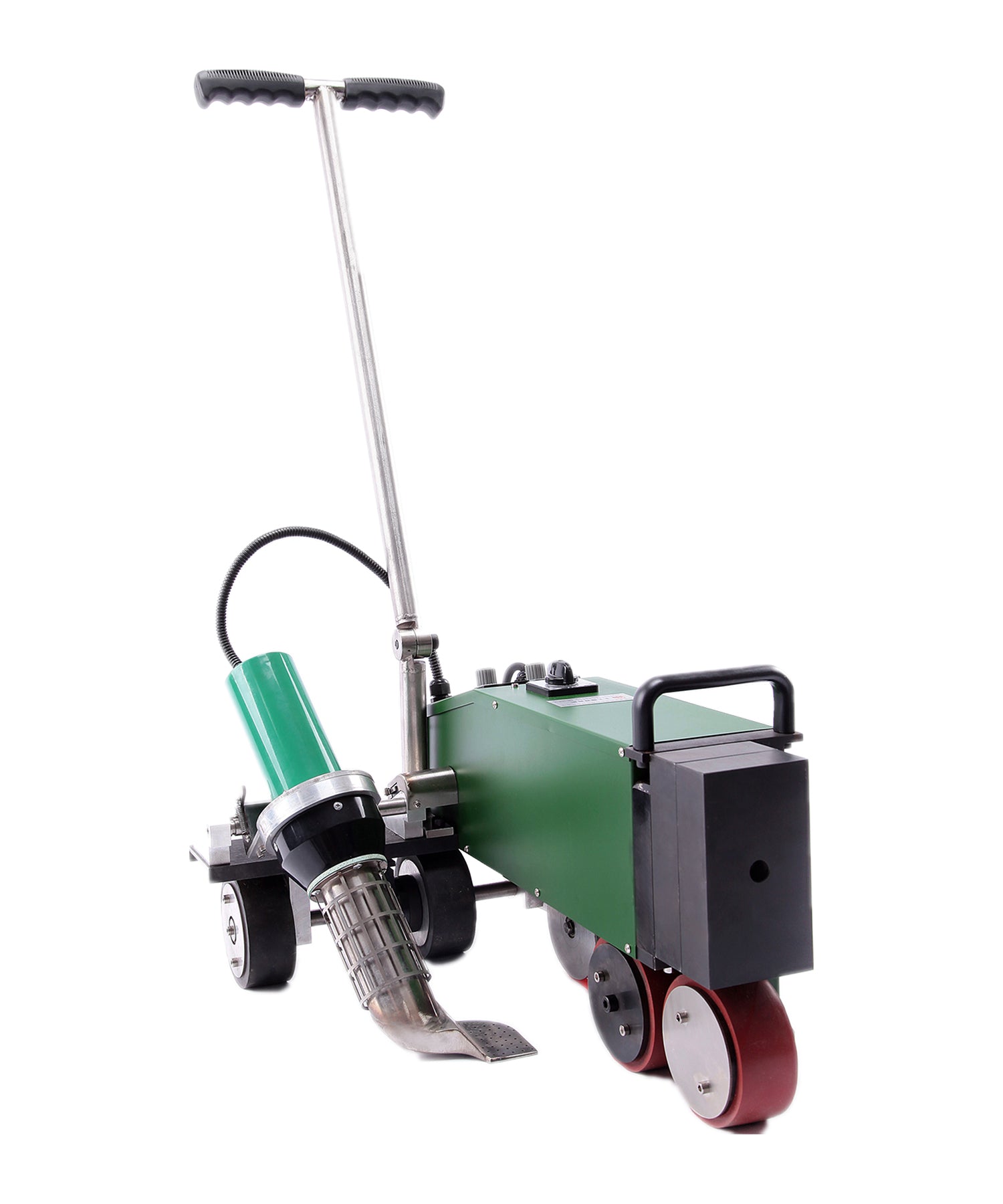
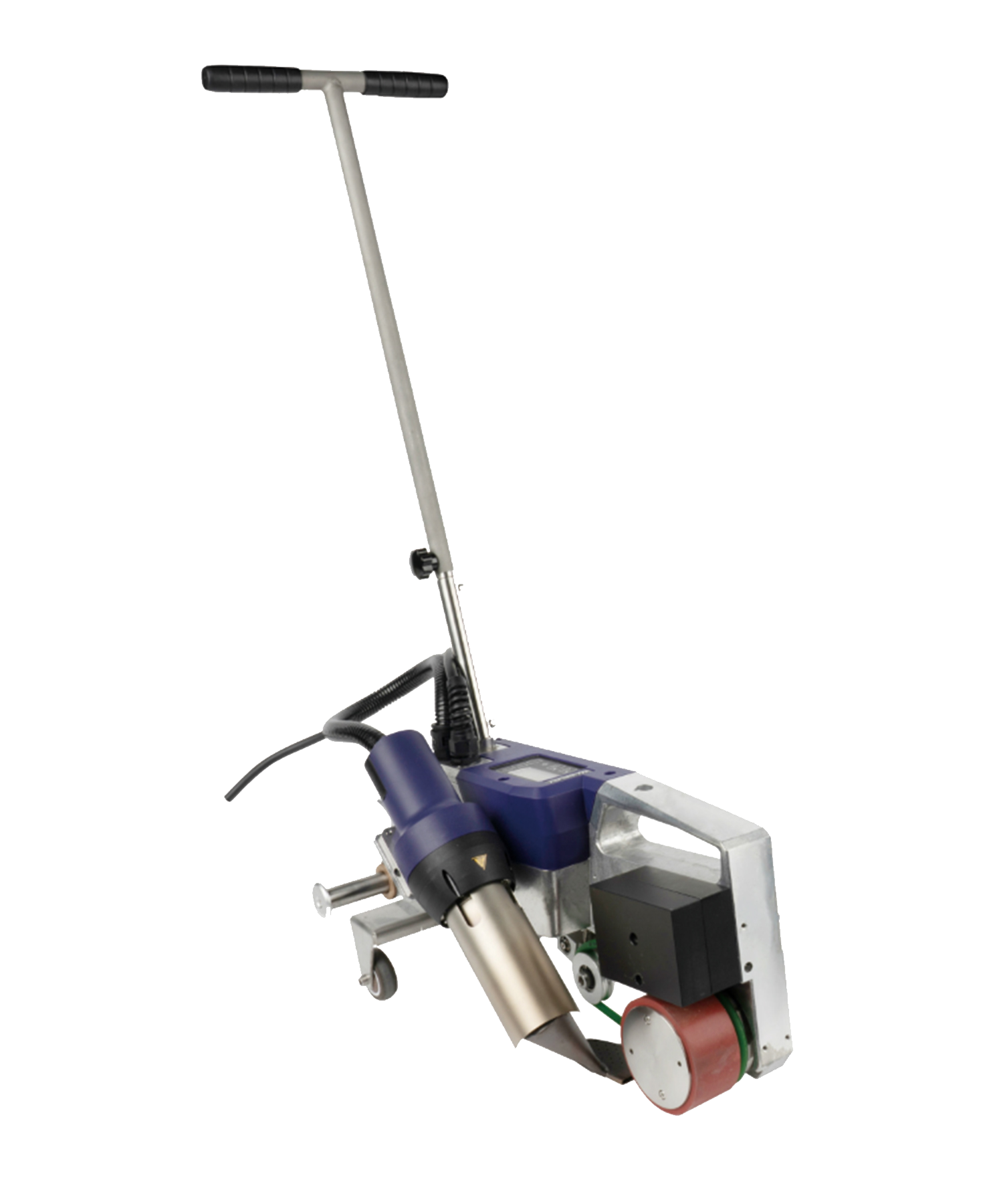
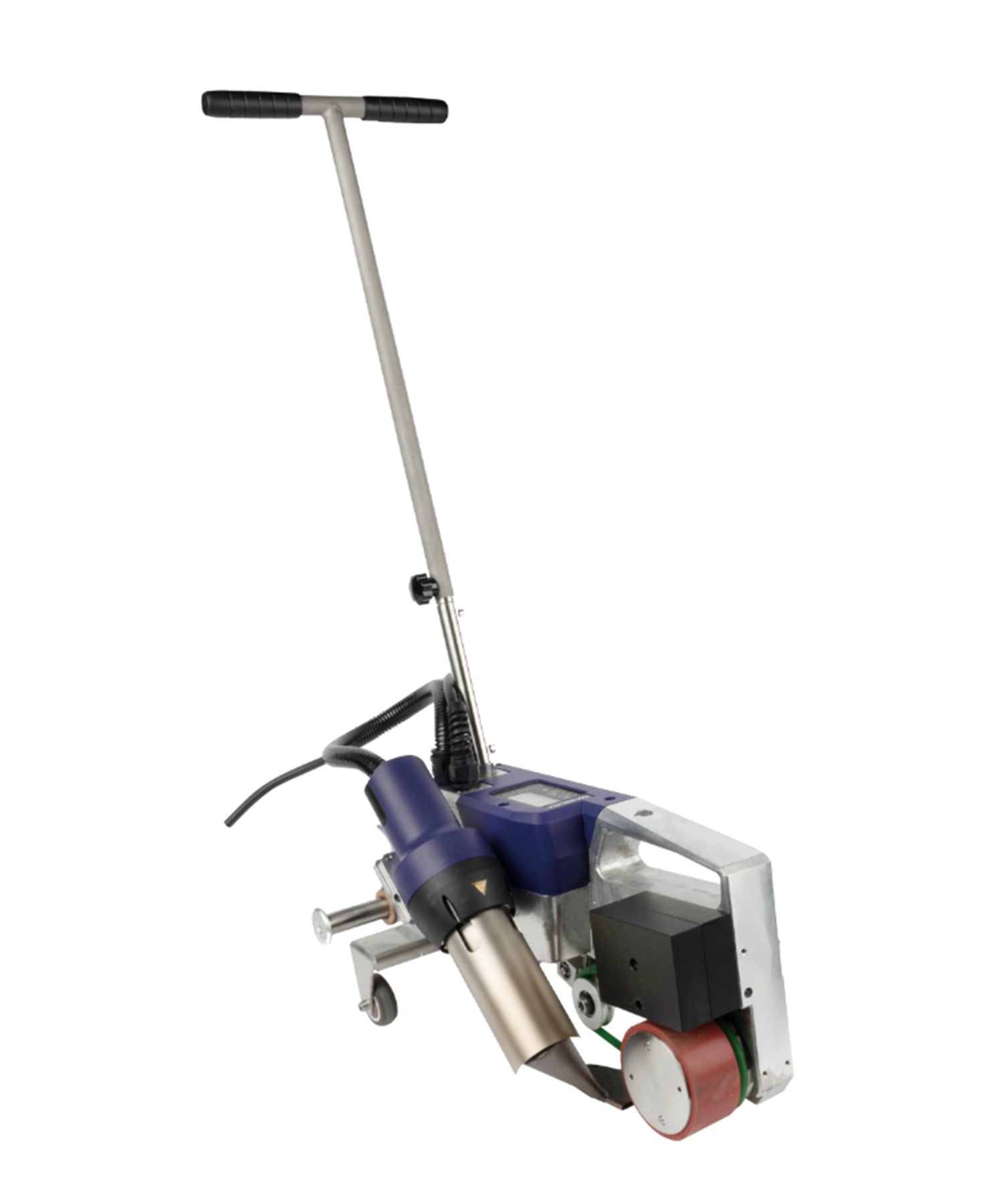
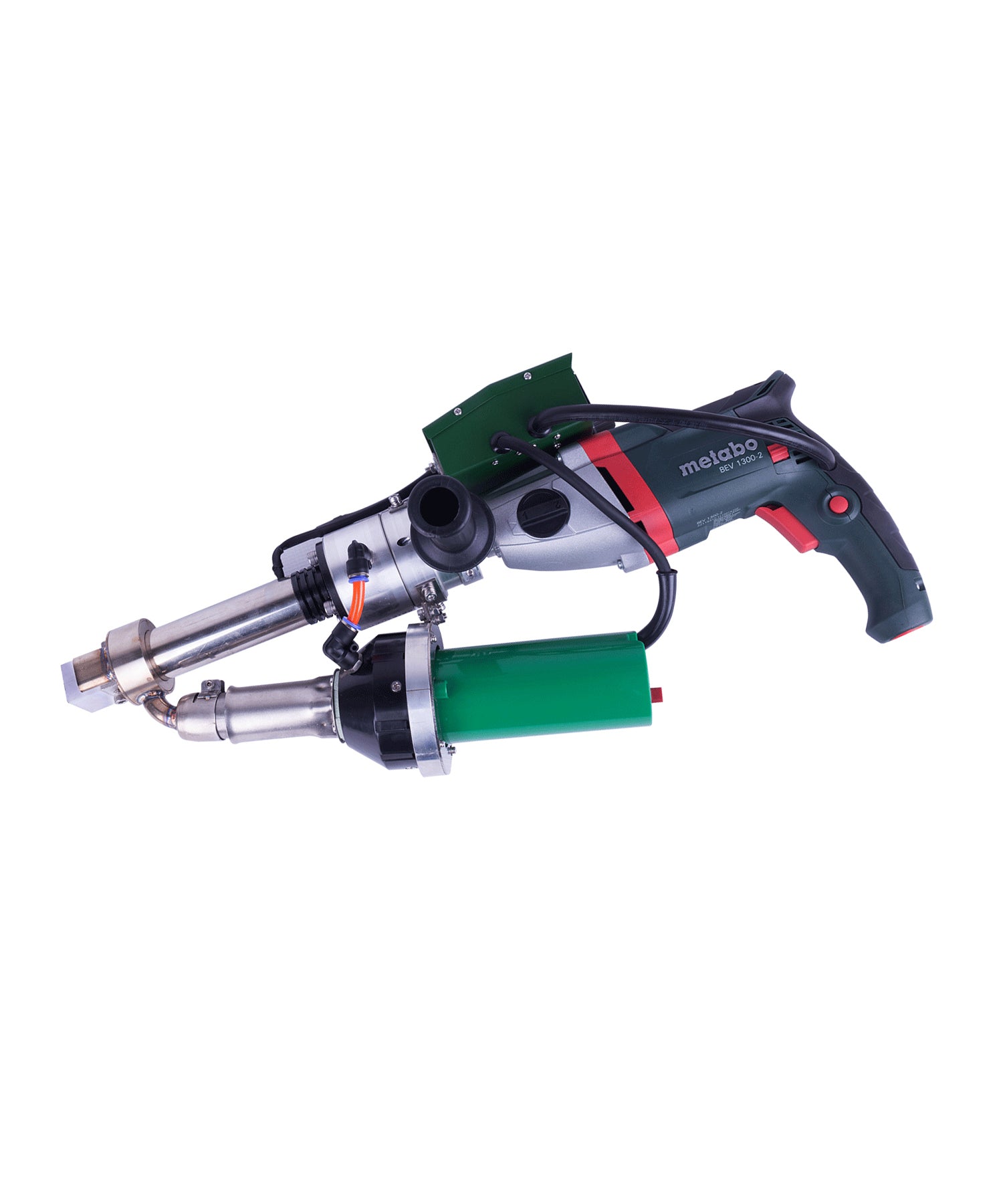
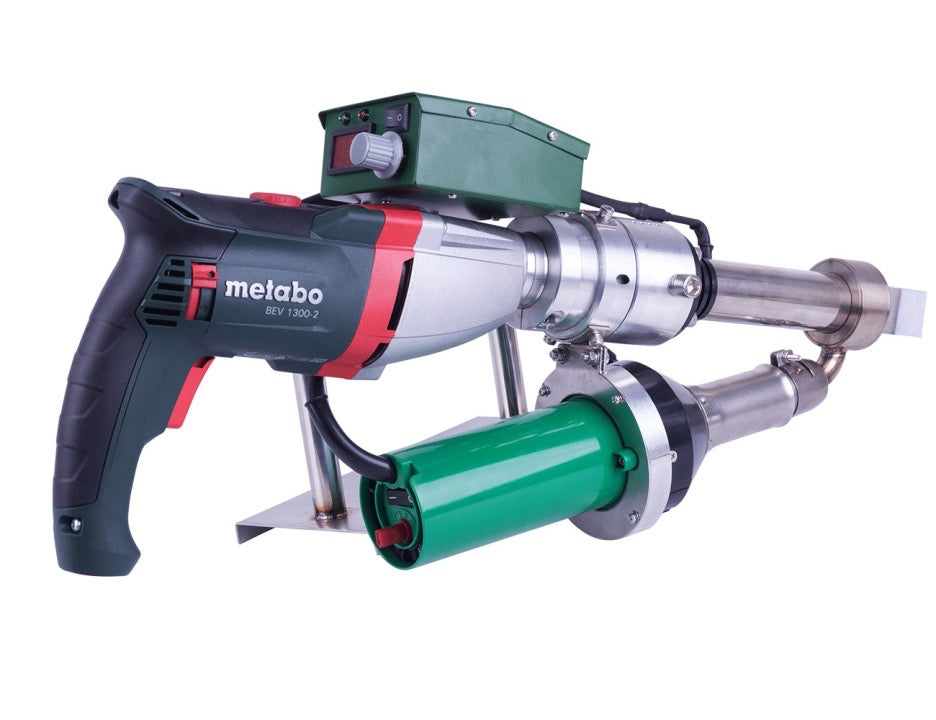
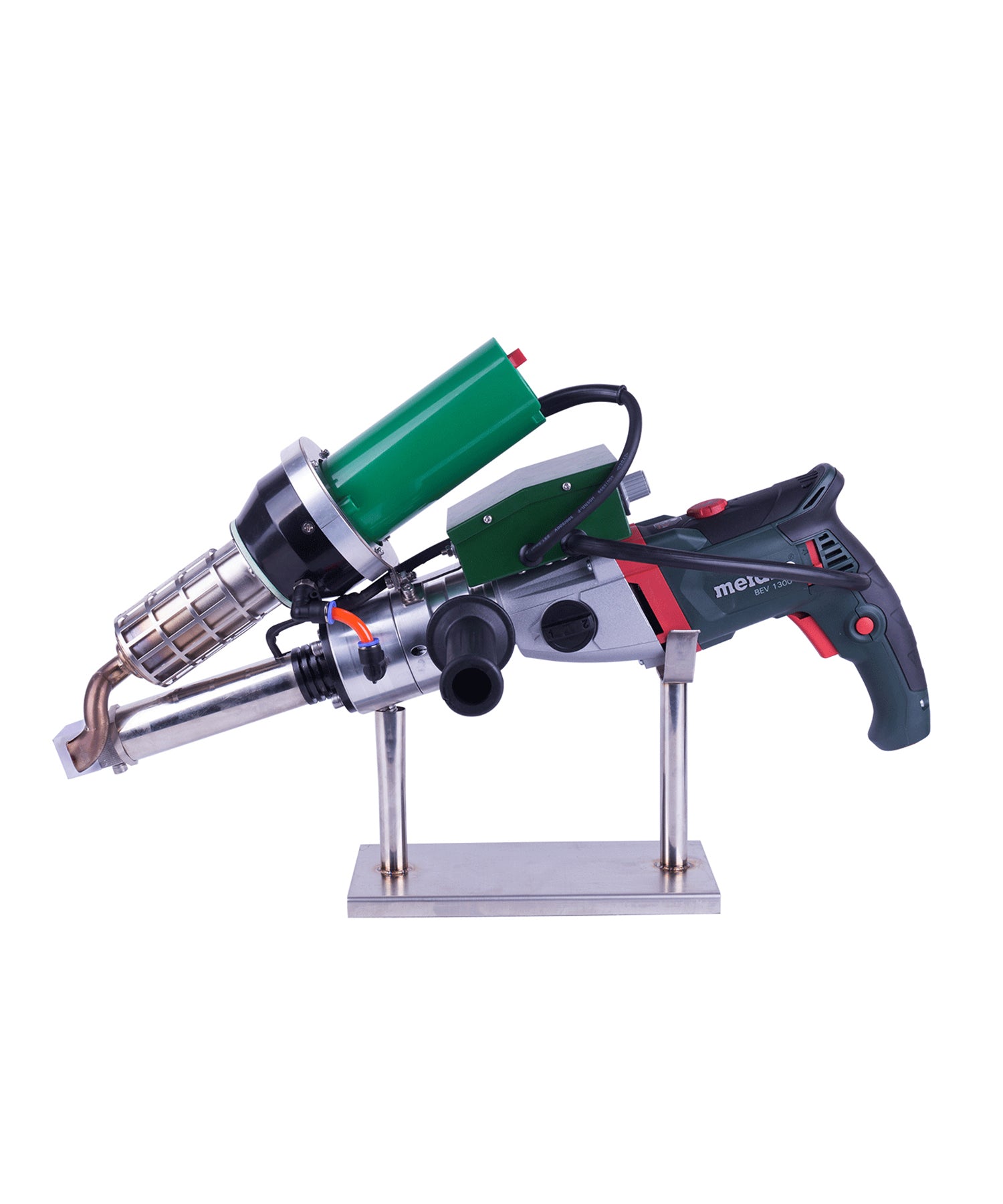
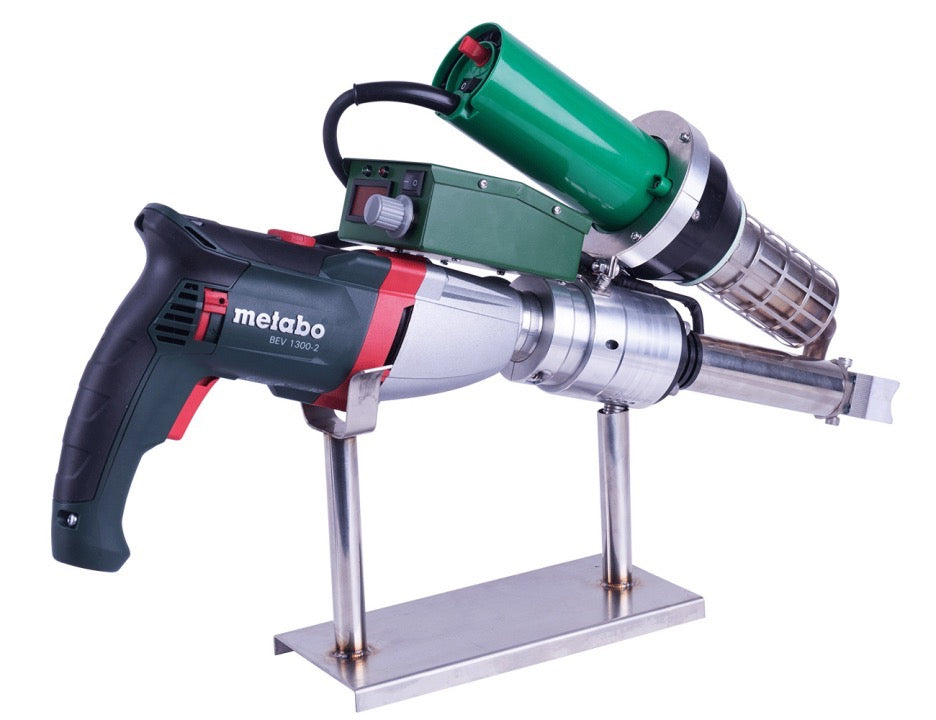
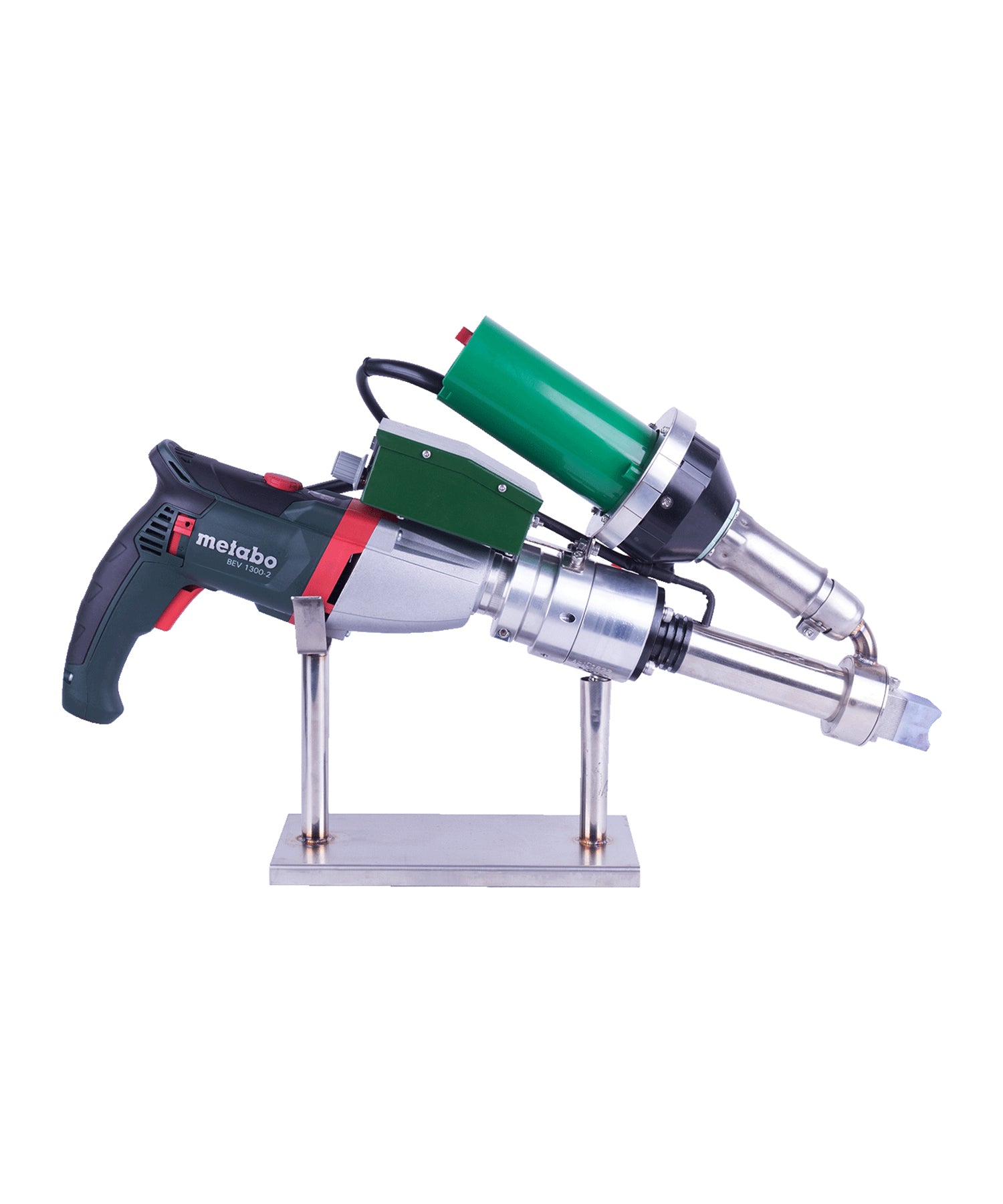
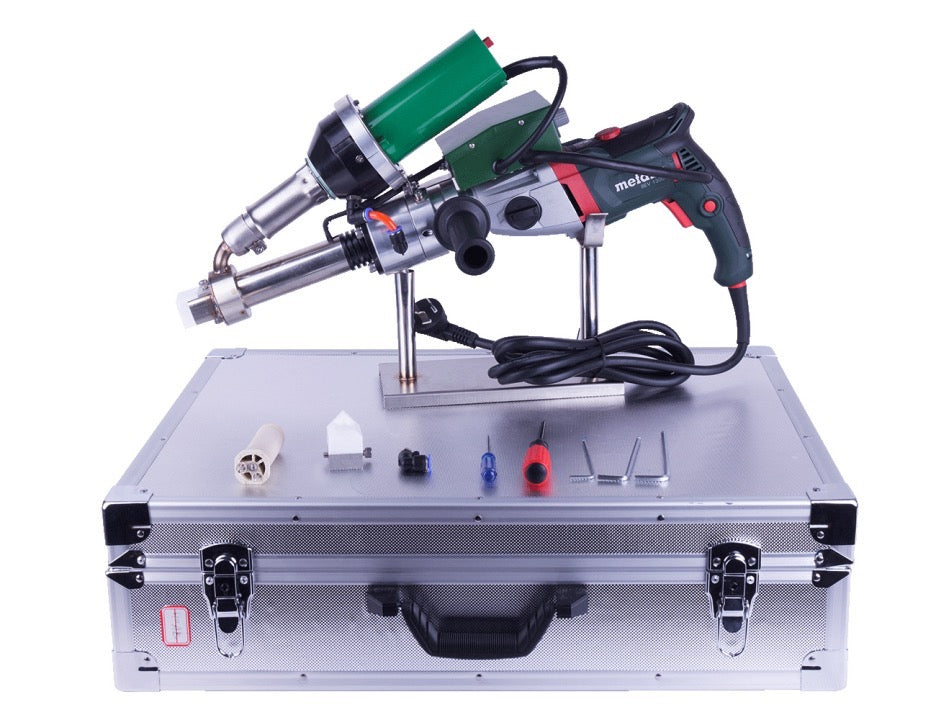

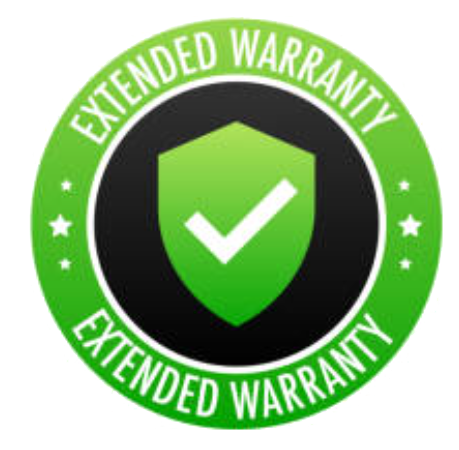

Leave a comment
This site is protected by hCaptcha and the hCaptcha Privacy Policy and Terms of Service apply.